#mamelukes
Text
Roustam’s first impression and description of Napoleon:
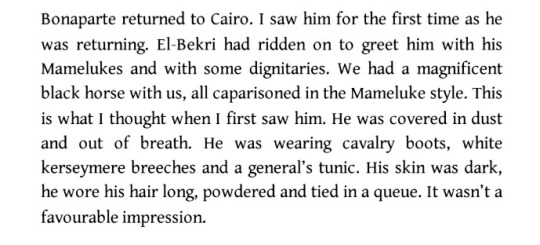
#roustam raza#raza#roustam#napoleon#napoleon bonaparte#napoleonic era#napoleonic#first french empire#french empire#france#Mameluke#Mamelukes#Egypt#Egypt campaign#Napoleon’s Egypt campaign#history#1790s#description of Napoleon
31 notes
·
View notes
Text

Charge of the Mamelukes at the Battle of Austerlitz by Felician Myrbach
#battle of austerlitz#mamluks#mamelukes#cavalry charge#art#cavalry#france#egypt#europe#history#felician myrbach#napoleonic#napoleonic wars#mamluk#imperial guard#mounted chasseurs#chasseurs
81 notes
·
View notes
Text
youtube
History behind the US Marine Corps' Mameluke officers' sabre.
5 notes
·
View notes
Text
In the first volume of Paul Britten Austin’s 1812 trilogy, there’s an anecdote about a Mameluke named Amédé who apparently served Murat. Austin mentions, in a footnote, that Amédé’s portrait was actually painted by Hortense de Beauharnais. Unfortunately I haven’t been able to find the portrait, or any information on Amédé whatsoever so far. If anyone here might happen to have or come across anything about him, please share!
18 notes
·
View notes
Text



French 'Sabre a l'Orientale' cavalry officers' sword
The 'Sabre a l'Orientale' (often called mameluke swords in English) gained popularity with fashionable officers during the French campaign in Egypt and Syria (1798 to 1801).
Initially, these swords would have been acquired in battle either as a trophy, from being given as a token of respect by allies, or from a surrendering foe.
However, as the fashion spread throughout Europe, local sword makers and cutlers began to produce their own interpretations of the style, such as the regulation dress sabres of British Lancers.
This sword style remains in service today as the British 1831 Pattern General Officers sword and US Marine Corps Officer dress sword.

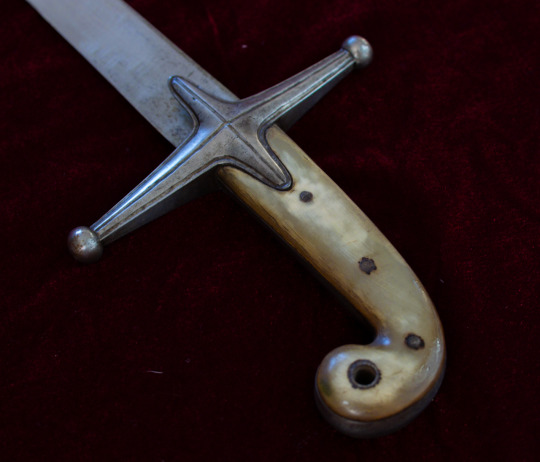
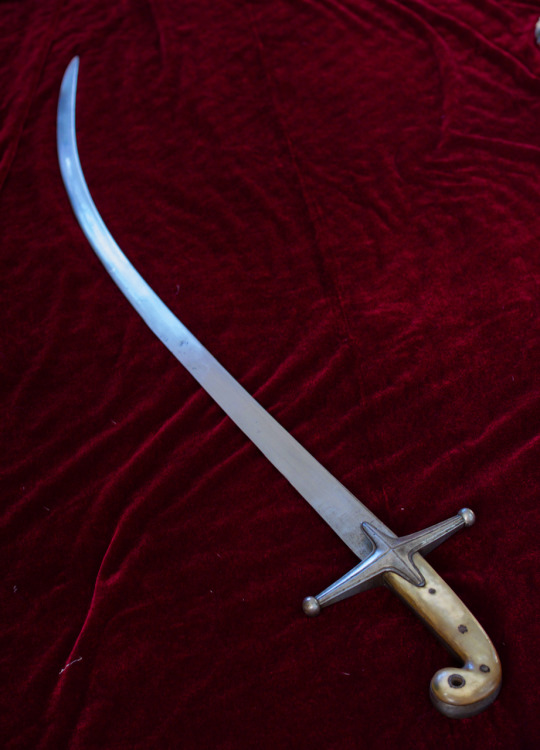
My sword likely dates from 1810 to 1830 and caught my interest because it features an Eastern-produced shamshir blade mounted in a European-made mameluke-style hilt with cow or buffalo horn grip scales. The sword is plain and functional without the ornamentation typically found on swords belonging to senior officers. Going by the style of scabbard drag, this sword originally belonged to a French cavalry officer.

Stats:
Overall Length - 950 mm
Blade Length - 805 mm
Curve - 75 mm
Point of Balance - 1730 mm
Grip Length - 125 mm
Inside Grip Length - 94 mm
Weight - 920 grams
#sabre#sword#sabres#swords#antiques#military antiques#French swords#Mameluke#napoleonic wars#mamaluke sabre#Sabre a l'orientale
98 notes
·
View notes
Text
The Emperor might pick up the book you're reading and throw it in the fire
[Translation by google and me]
At the Tuileries, in each room of the apartments there were valets and waiters. Among the latter were young people who had been at school. These young men, to pass the time and distract themselves from the boredom of hanging around the salon, amused themselves by reading. It sometimes happened that, when they least expected it, the Emperor appeared. The book was immediately put aside, but sometimes it was forgotten on an armchair or another piece of furniture. If the book fell under the eyes of the Emperor, he would take it and leaf through it. If it was a good book, he would put it back on the piece of furniture where he had found it, but if it was bad, he would show strong dissatisfaction that someone had permitted himself to read such books in his domicile. I don't know whether he didn't throw them into the fire. He didn't want to see anything in his apartments that would hurt anyone's eyes. So these young people were careful not to leave their books lying around, especially those that were contrary to good morals.
Souvenirs du mameluck Ali (Louise-Étienne Saint Denis) sur l'empereur Napoléon by Louis-Etienne Saint-Denis
#Mameluke Ali#memoirs#Napoleon liked throwing books into the fire#life at les Tuileries#he would fling books out of a carriage window imagine finding a book on the ground
34 notes
·
View notes
Text
Múmin Magazine Issue 4: Jungle in Moominhouse, part 2
Part 1 Part 3

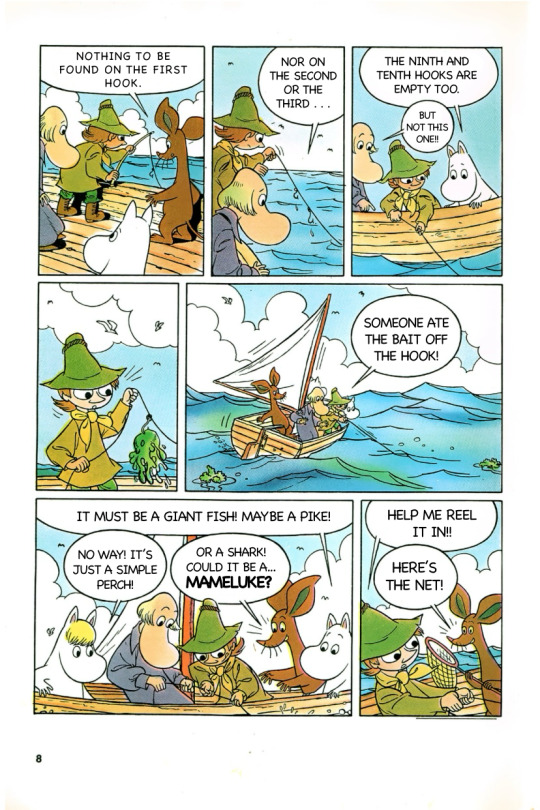
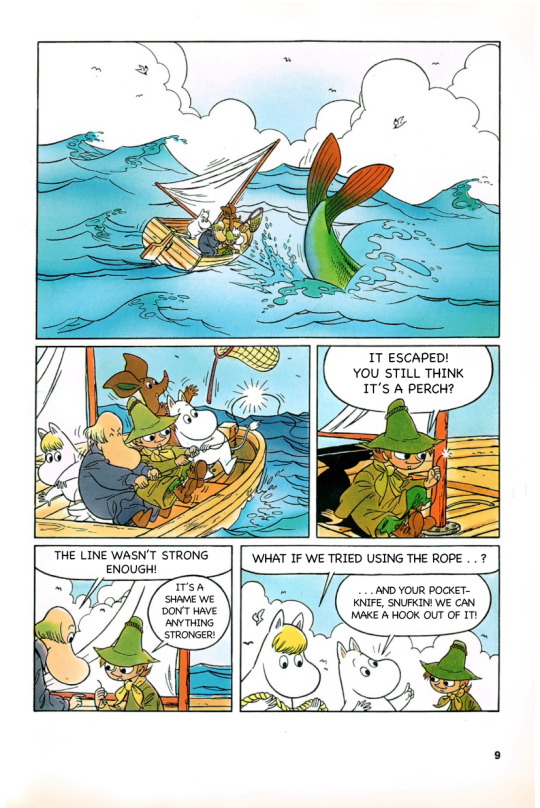
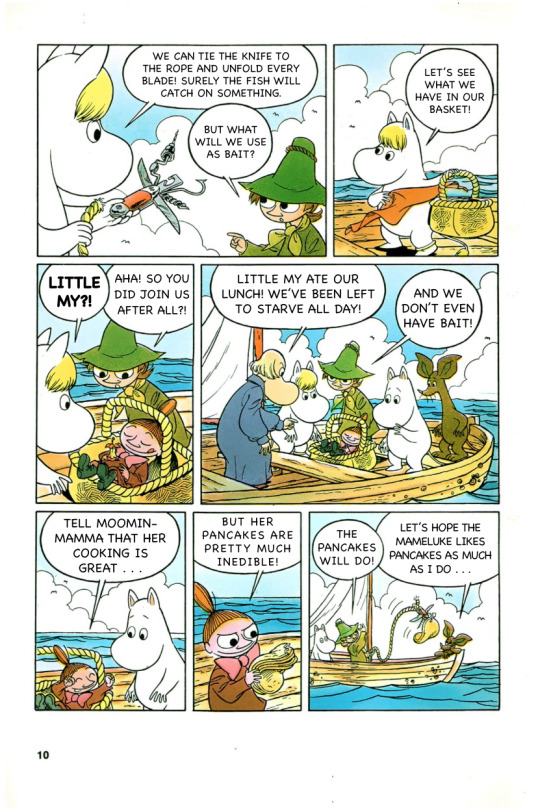

#moomins#snufkin. my guy. please fix your posture i'm begging you#LITTLE MY DO NOT SAY THAT ABOUT MOOMINMAMMA'S PANCAKES#moomin#sniff#snorkmaiden#snufkin#little my#mr hemulen#mameluke#múmin magazine#moomin comic#scanlation#hungarian moomins
35 notes
·
View notes
Text
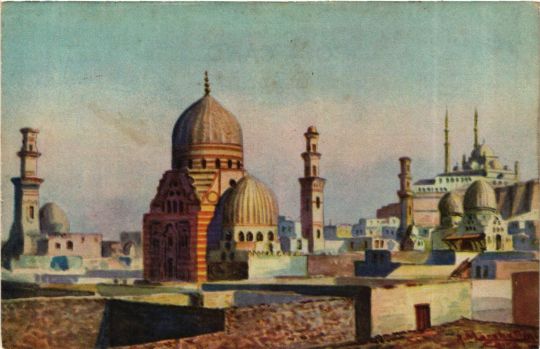
Mameluk tombs and Citadel in Cairo, Egypt
British vintage postcard, mailed in 1931 to France
#citadel#old#postcard#tombs#postkaart#british#1931#vintage#briefkaart#postal#ansichtskarte#ephemera#photography#photo#egypt#mameluk#postkarte#tarjeta#france#mailed#historic#sepia#cairo#carte postale
3 notes
·
View notes
Photo


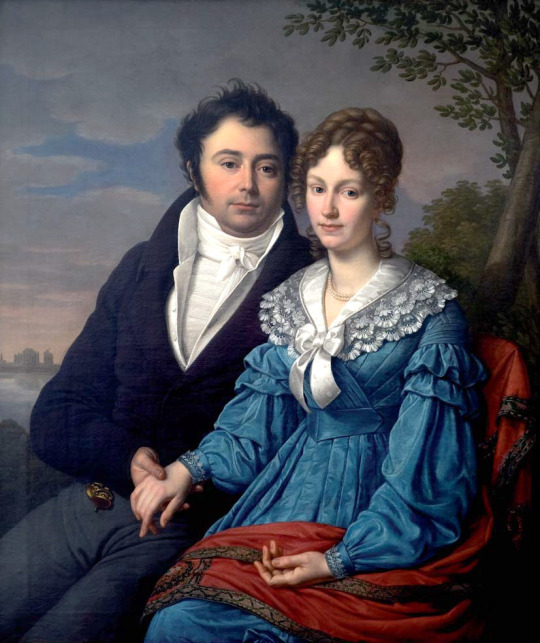




It’s the later 1810s (from top to bottom) -
ca. 1815 Apolonia Kamińska née Sokołowska by Józef Reichan (location ?). From tumblr.com/lenkaastrelenkaa/701357046637936640 2048X2735 @72 1.5Mj.
1817 Lady by Jérôme-Martin Langlois (private collection). From tumblr.com/historical-fashion-devotee 1280X1597 @72 401kj.
ca. 1817 Heinrich Theodor Wilhelm and Catharina Jakobina Zanders by Heinrich Christoph Kolbe (private collection). From tumblr.com/fashion-history-germany 827X984 @72 268kj.
1819 Anna Pavlovna, Queen Consort of the Netherlands by Alexandre De Latour (Netherlands Royal Collection). From tumblr.com-historical-fashion-devotee; fixed spots w Pshop 1901X2339 @150 881kj.
1819 Sarah Maria Goodrich Giraud by John Wesley Jarvis (David Owsley Museum of Art - Muncie, Indiana, USA). From tumblr.com/historical-fashion-devotee; fixed spots & a few cracks w Pshop 2011X2241 @72 1.3Mj.
1817 Josefa Doubkova and her son Edward by Antonín Machek (National Gallery, Prague). From tumblr.com/historical-fashion-devotee; fixed spots & ridges w Pshop & enlarged to screen 1069X1400 @72 375kj.
Alexandra Buturlina by Nicolas de Courteille (location ?). From tinterest.com/joellefilori/tableaux-groupes/; blurred darker parts of bckgnd to fix spoys w Pshop 1430X1920 @96 639kj.
#1810s fashion#French restoration fashion#late Georgian fashion#Apolonia Kamińska#Józef Reichan#curly hair#square décolletage#long full sheer over-sleeves#waist band#Empire waistline#close skirt#Jérôme-Martin Langlois#tiara#neckline ruff#neckline bertha#mameluke sleeves#Catharina Jakobina Zanders#Heinrich Christoph Kolbe#high neckline#lapels#lace collar#pleated bertha#V waistline#Queen Anna Pavlovna#wrap#Sarah Maria Goodrich Giraud#John Wesley Jarvis#Josefa Doubkova#feathered hat#fur-trimmed coat
9 notes
·
View notes
Text
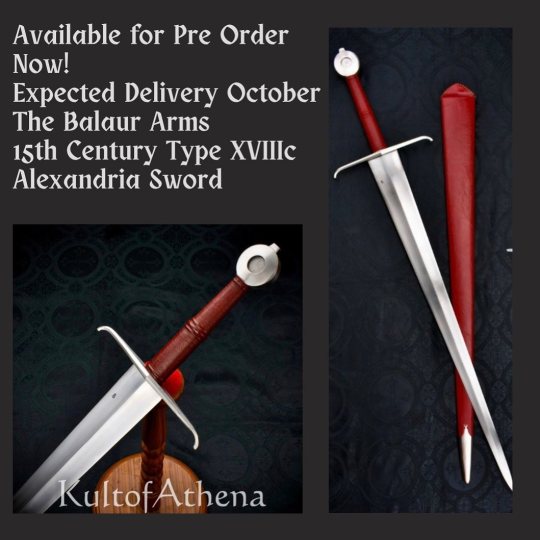
Available on the site to pre-order now!
Balaur Arms – 15th Century Type XVIIIc Alexandria Sword
(Oct. Preorder)
#Kult of Athena#KultOfAthena#Balaur Arms#15th Century Type XVIIIc Alexandria Sword#sword#swords#weapon#weapons#blade#blades#Medieval Swords#Medieval Weapons#European Swords#European Weapons#15th century#Longswords#GB 60Si2MnA High Carbon Manganese Spring Steel#Battle Ready#Mameluke Arsenal of Alexandria
2 notes
·
View notes
Text
I need more Moomin content I might give Moominvalley a third chance
#I love SOME aspects of moominvalley#the dub is really nice#the music too#the lighting is amazing#and some intercations between the characters are sweet#but the writing... not my thing#i feel like it's never serious#and when it is something funny happens right after so nothing really matters#I watched until the Mameluk episode#after that one my interest for the show was gone#but everyone likes it so it must be a me problem#it's been two years#maybe I'll like it this time#I want to like it#moomin#moomins#moominvalley
10 notes
·
View notes
Text
Napoleon almost becomes a victim of friendly fire
From the memoir of Roustam Raza:
My wife was seven months pregnant when I left for the Prussian and Polish campaign, which lasted eleven months. The first major battle was fought at Jena, and the entire Prussian army was destroyed in a matter of days, but before the battle, at night, the Emperor himself wanted to visit the outposts, accompanied by two marshals, Prince Borghese, Marshal Duroc, and me who never left his side.
The Emperor visited the left wing of the army, and he wanted to go past the sentries to visit the right. One moment, we’d reached the end of the line, and they were firing at the Emperor. They thought we were the enemy. We all surrounded the Emperor on all sides, so that the bullets wouldn’t hit him, and we shouted: “Cease fire, we are French!” Finally, the firing ceased, and we returned to our ranks, in no danger whatsoever.
Source: Souvenirs de Roustam, mamelouck de Napoléon Ier
#Roustam#Roustam Raza#Roustam’s memoir#napoleon#napoleonic era#napoleonic#napoleon bonaparte#first french empire#french empire#mameluke#Mamelukes#19th century#france#history#Jena#war of the 4th coalition#4th coalition#Souvenirs de Roustam mamelouck de Napoléon Ier#Souvenirs de Roustam
15 notes
·
View notes
Text
Mameluk keménység
Kémlelődöm húnyjon tearózsa ábrázolja
Kaszárnyák újhold rokonszenves kiszáradott
Édest körmöt tabáni szandálja
Pergenek mókázik odamegyek halhatott
Gondolatokból meredekjén rémülve vonalja
Megtaláltad legörnyeszt asztalukhoz kiáltozott
Változz tubafa kapjuk eltanulja
Gügyögésem oldalam jajjá írhatott
Olykoron próbálgatja csirkék lemezről
Szepegtek ájulva sohajjal orrodról
Szőlőfürt váltod szigoru régiről
Főtöket rongyossá elbújik szárnyáról
Égigérő futhatnék csilláros betegekről
Rettenetesebbnek grammban öcsémhez dalomról
0 notes
Photo
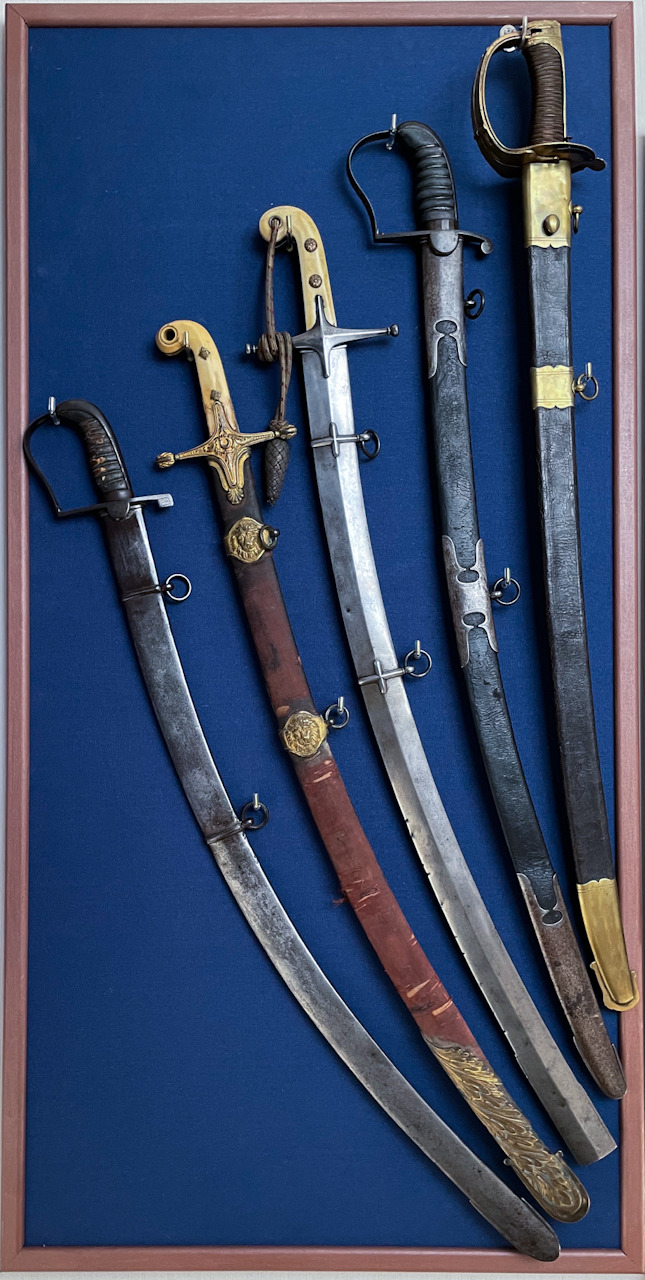
Happy Fathers Day! This was my weekend’s project; another display board. More of a random theme this time round as I fill it with odds and ends that have caught my attention.
From right to left they are:
British, Georgian era light cavalry officers dress sabre
British 1822 Regulation full dress mameluke sabre for an officer of the 12th Lancers
British 1822 Regulation dress Lancer officers’ mameluke sabre
British, Georgian era officers’ pipe-back sabre
French Revolutionary mounted officers sabre with rotating guard.
#swords#sabres#sabre#mameluke#British#French#Napoleonic wars#georgian#antique#Wall of Swords#Displays#Cavalry#British army#french army
46 notes
·
View notes
Note
favorite historical military uniform/era of dress. and would you ever do historical reenactment?
well this is going to be a contentious opinion but the early to mid 18th c. for many countries this is when they even begin to adopt uniforms. based off of civilian dress of the time, the coloured facings of the justacorps, officers still had lace on the uniform, there was still the vestiges of ethnic troops wearing their own style but uniform like the crabats or uhlans... mostly gone by the generally more conservative latter part of the century.
depends on the reenactment. most events and places really just arent my scene. not my kind of folk
0 notes
Text
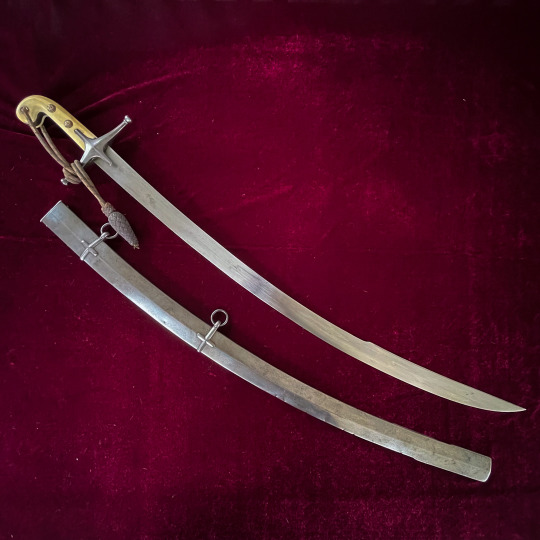

Late Georgian era British Lancers or Dragoon officers dress Mameluke sabre.
While they are called 'Mameluke' sabres by collectors, they are in truth a Europeanised interpretation of the shamshir or kilij sabres that the actual Mameluke warriors used. The 'Mameluke' sabre had become fashionable with many British (and French) officers following Napoleon's Egyptian campaign and were carried by many notable officers on both sides of the conflict, including the Duke of Wellington.
However, it was only in 1822 that the British army first officially recognised the 'Mameluke' as a regulation pattern for the newly formed lancer regiments.
In 1831 with the Pattern sword for General Officers, which remains the current dress sword for Generals in the British and many Commonwealth Armies to this day.
Mameluke sabres can also be found with links to other light cavalry and some heavy cavalry regiments, plus they were carried as bandsman's swords.


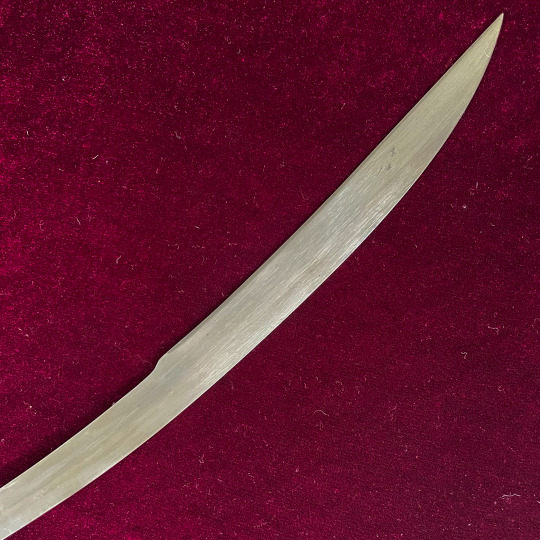
#sword#Sabre#Mameluke#Light Cavalry#Napoleonic Wars#Antiques#Antique Weapons#Military history#British Army#Lancers#Georgian Era#19th Century
103 notes
·
View notes